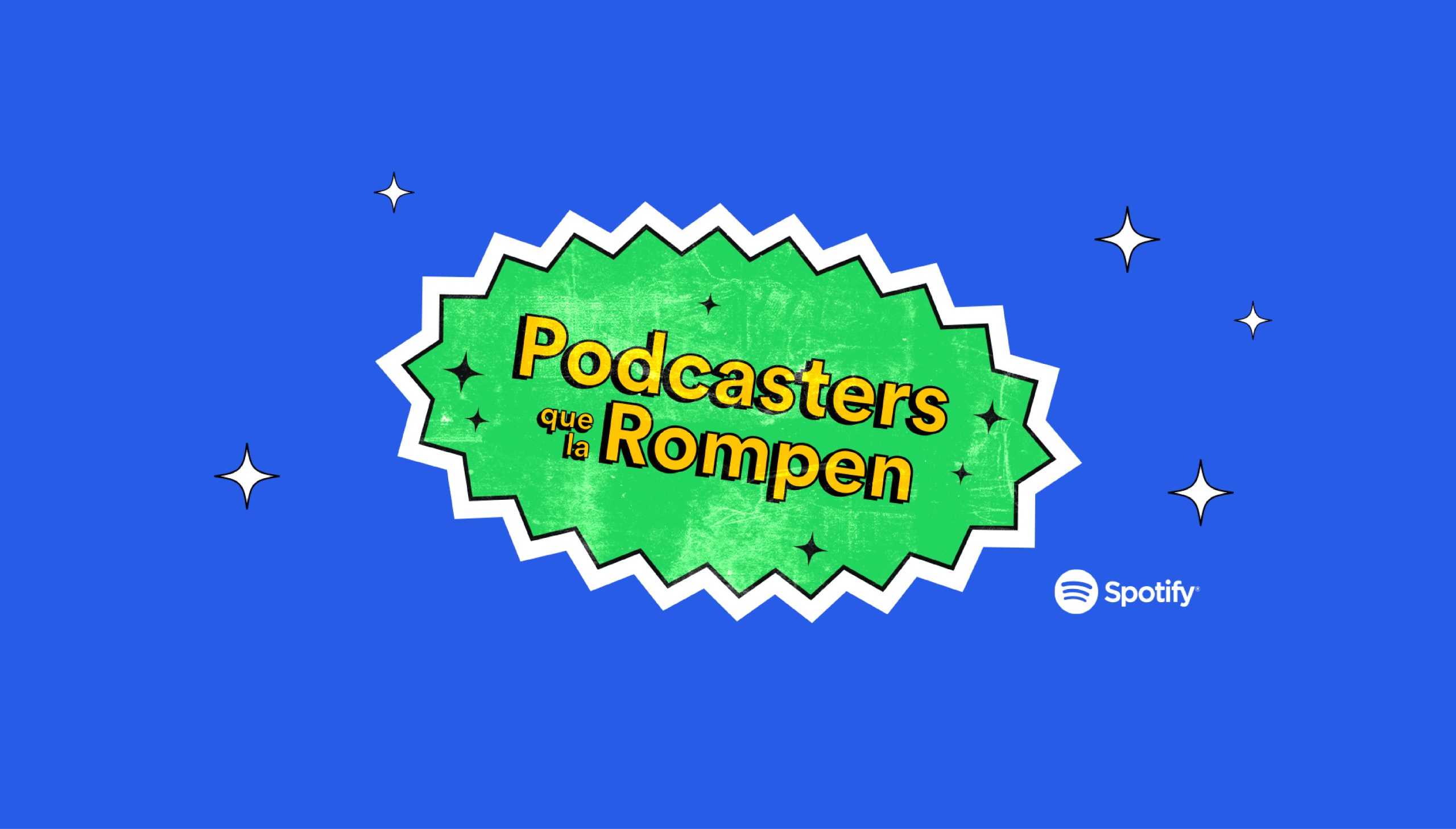
Spotify es el hogar de más de 5 millones de pódcast. Desde historias de vida impactantes hasta consejos para conquistar el mundo, el medio ofrece a los fans incontables horas de contenido en un formato que se adapta a cualquier momento de tu vida.
En Colombia, los oyentes se vuelcan en masa a los pódcast. La generación Z tiene una afinidad especial con ellos, de hecho, en Spotify, representan el 41% de los consumidores de videopodcasts en el país. Estos oyentes prefieren empezar el día con podcasts —la hora de mayor audiencia es de 6 a 8 de la mañana— que tratan sobre música, salud y bienestar, cultura y sociedad, y mucho más.
Para los oyentes de habla hispana en busca de nuevos programas, hemos reunido algunas de nuestras principales recomendaciones de pódcast para 2024. Estos creadores colombianos cubren una amplia gama de temas, desde chismes hasta historias inspiradoras, así que hay algo para todos:
Gordas De Envidia de Camilo Pulgarín
En Gordas De Envidia de Camilo Pulgarín, su alter ego, María José, entretiene a sus seguidores con chismes, preguntas picantes y anécdotas divertidas de sus invitados, que incluyen personalidades de redes sociales y artistas de Medellín. El show ha duplicado su número de oyentes desde sus primeros 30 días en la plataforma y es uno de los podcasts favoritos de los usuarios entre 18 y 24 años.
Episodio más escuchado:
No Me Rindo By Silvy Araujo
Silvy Araujo es uno de los nombres más conocidos del mundo fitness en Colombia. Esta entrenadora certificada y empresaria nacida en Cartagena ha creado una comunidad con el lema “No me rindo”, y su frase insignia es también el título de su pódcast. En su programa, Silvy comparte historias que van más allá de la vida sana. Su audiencia en Spotify está formada principalmente por usuarios entre 18 y 29 años de países como Colombia, Estados Unidos y España. El pódcast de Silvy ha escalado posiciones, con 13 episodios que han hecho parte del top 100 diario de Spotify en Colombia.
Episodio más escuchado:
Táchalo – El Podcast De Sajú
Las mentes detrás de Sajú, uno de los emprendimientos con compromiso ambiental más reconocidos del país, crearon su pódcast para compartir la filosofía “Táchalo”, que, según su descripción, “busca arriesgarse a lo diferente, incómodo o difícil para hacer todas esas cosas que tenemos escritas en las notas de nuestros celulares”.
Su pódcast comparte historias de personas que se han atrevido a llevar estas notas a la realidad y tachar cosas increíbles. El programa es popular entre oyentes de 18 a 24 años, y el pódcast ha crecido un 265% desde su primer mes en la plataforma en comparación con los últimos 30 días.
Episodio más escuchado:
Los Platos Sucios De La Rubia Inmoral
Ana María Cardona, conocida en las redes sociales como La Rubia Inmoral, utiliza su pódcast para examinar la vida, especialmente desde la perspectiva de una mujer.
En Spotify, la audiencia de su programa está formada principalmente por usuarios de 18 a 29 años de Colombia, Estados Unidos y España. Desde su debut en 2021, Los Platos Sucios De La Rubia Inmoral ha visto aumentar su audiencia en un 85% desde el primer mes en la plataforma, en comparación con el último. El programa también ha visto 41 de sus episodios entrar en la lista de los 100 más escuchados en Colombia en Spotify.
Episodio más escuchado:
VOS PODÉS de Tatiana Franko
Tatiana Franko, periodista que ha trabajado en televisión durante más de 10 años, traslada sus habilidades como entrevistadora al formato pódcast con su programa VOS PODÉS de Tatiana Franko. “VOS PODÉS” se ha convertido en su frase característica y es el mensaje que quiere transmitir a los oyentes.
En su videopodcast comparte las historias de personas que han pasado por situaciones muy difíciles. Desde su primer mes, el pódcast ha multiplicado por 50 el número de oyentes. También ha conseguido que 64 episodios lleguen a la lista de los 100 más escuchados en Colombia en Spotify.
Episodio más escuchado:
Vivir Sin Permiso Con Abi
En este pódcast, Daniela Abisambra deconstruye lo que significa vivir la vida según tus propios criterios. Sus episodios incluyen charlas con invitados de la industria del entretenimiento y las redes sociales. Vivir Sin Permiso Con Abi ha posicionado cuatro episodios en la lista de los 100 más escuchados en Colombia en Spotify. La audiencia del show incluye principalmente jóvenes de 18 a 24 años en Colombia, México y Estados Unidos.
Episodio más escuchado:
Aleja y La Grúa Podcast
En su videopodcast Aleja y La Grúa comentan con los oyentes historias que les resultan familiares. Sus divertidos comentarios son un éxito entre los seguidores, y han contribuido a que 60 de sus episodios entren en la lista de los 100 más escuchados en Colombia en Spotify.
El éxito del programa ha trascendido países y también es popular en Estados Unidos, España, Costa Rica, Australia y México.
Episodio más escuchado:
Echa un vistazo a esta lista de reproducción de pódcast para ver un resumen de los programas que hemos destacado más arriba. Desde historias reveladoras hasta lágrimas de risa, la lista de reproducción incluye algo para todos los gustos.




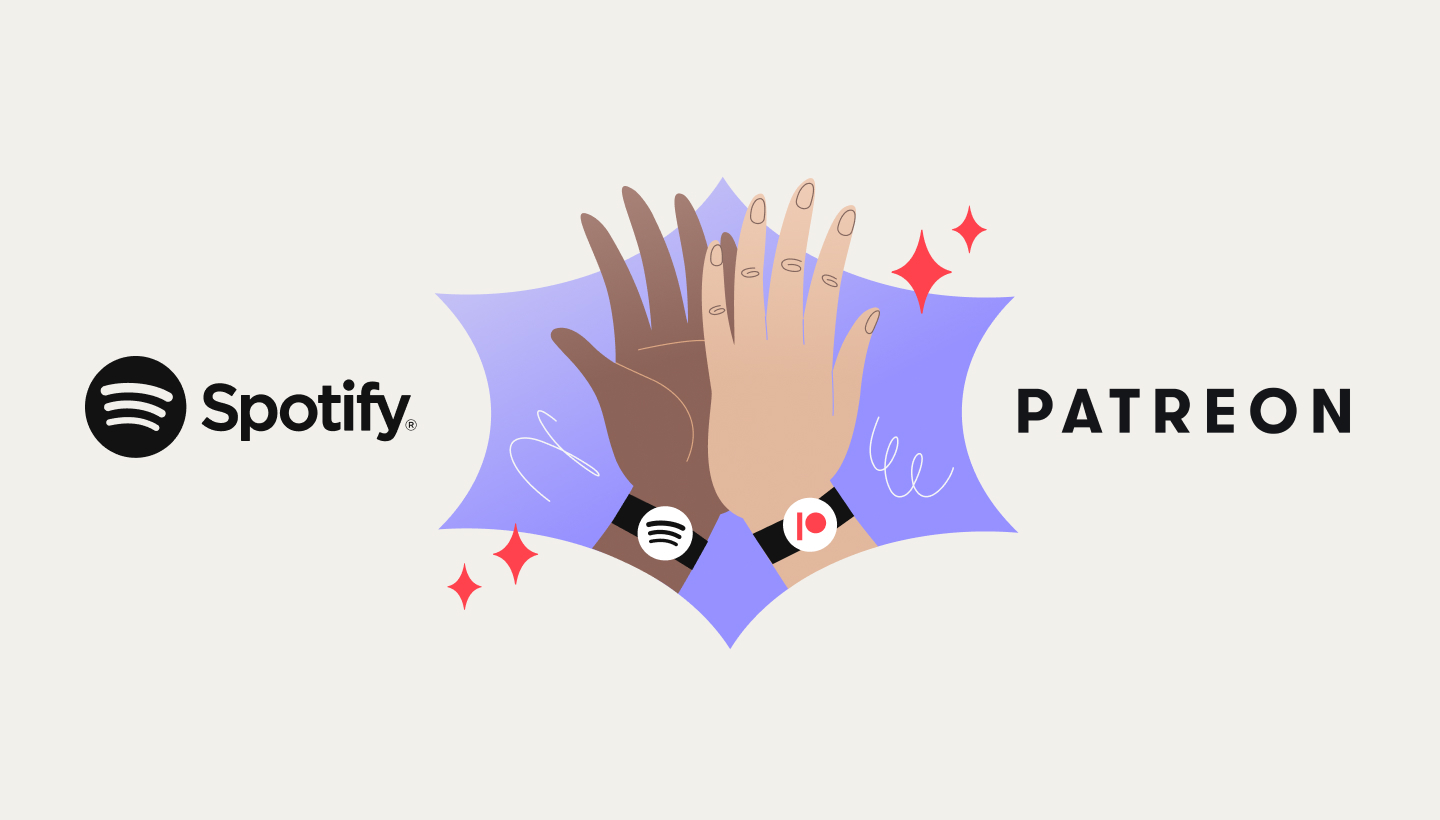

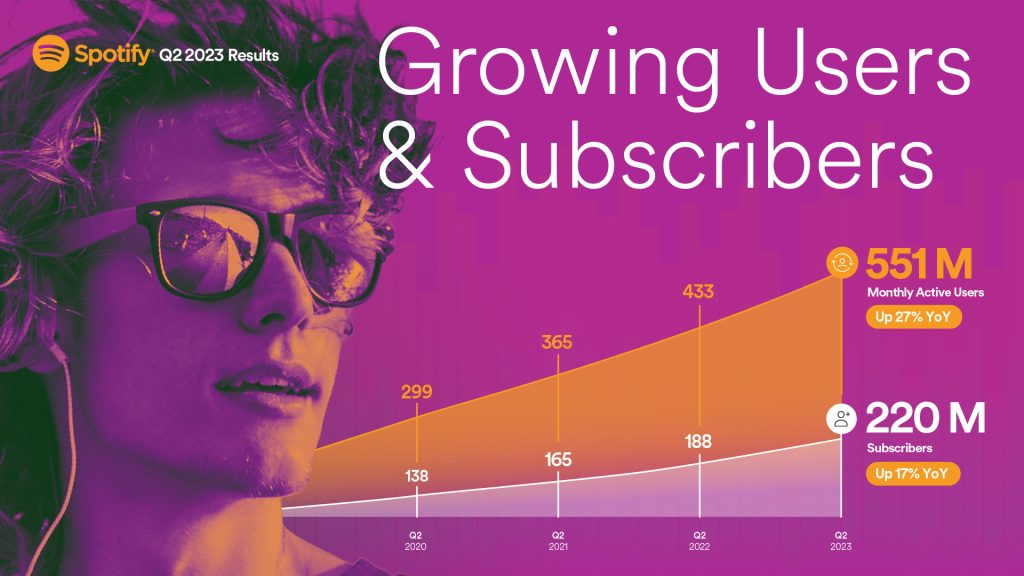
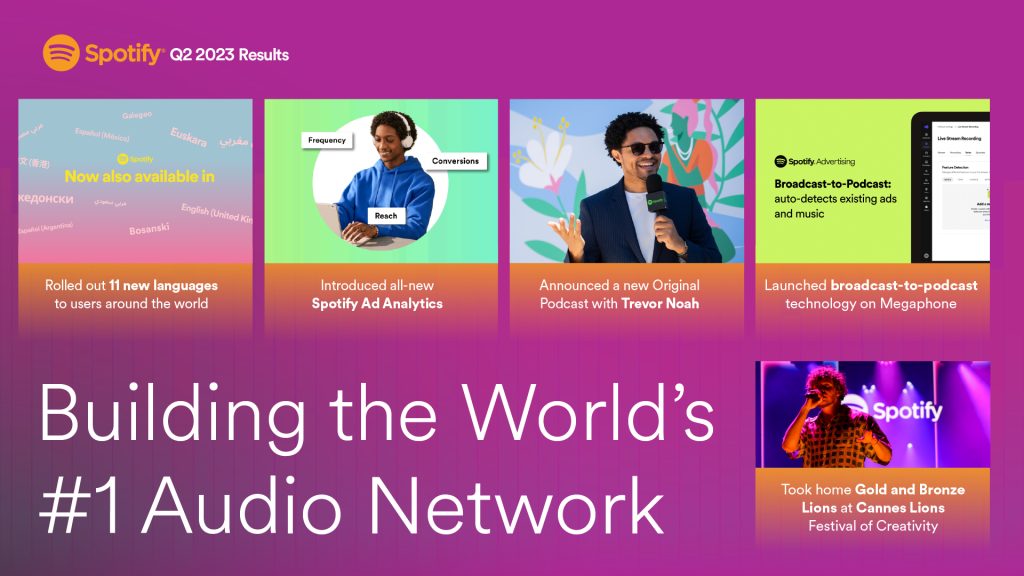
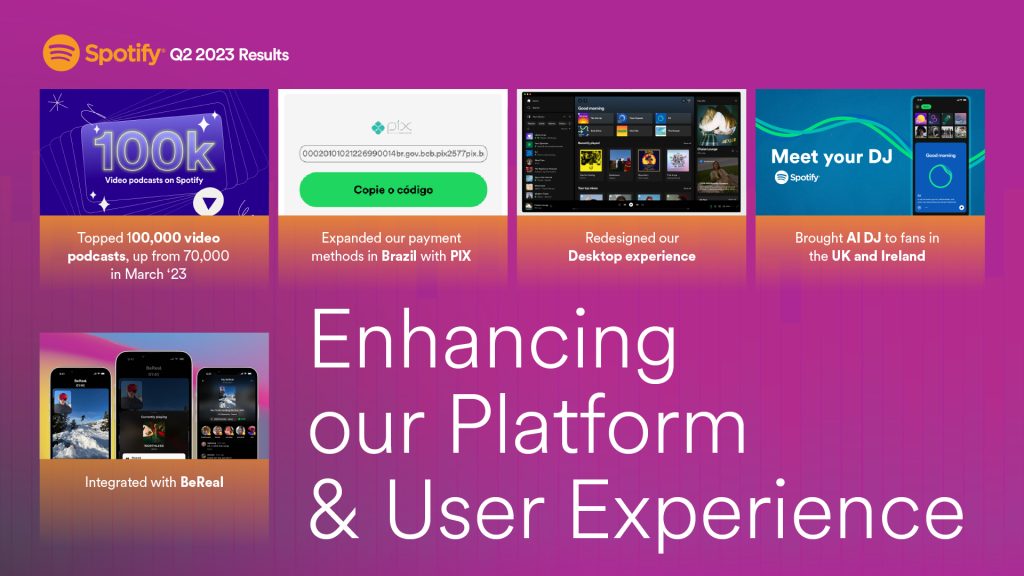
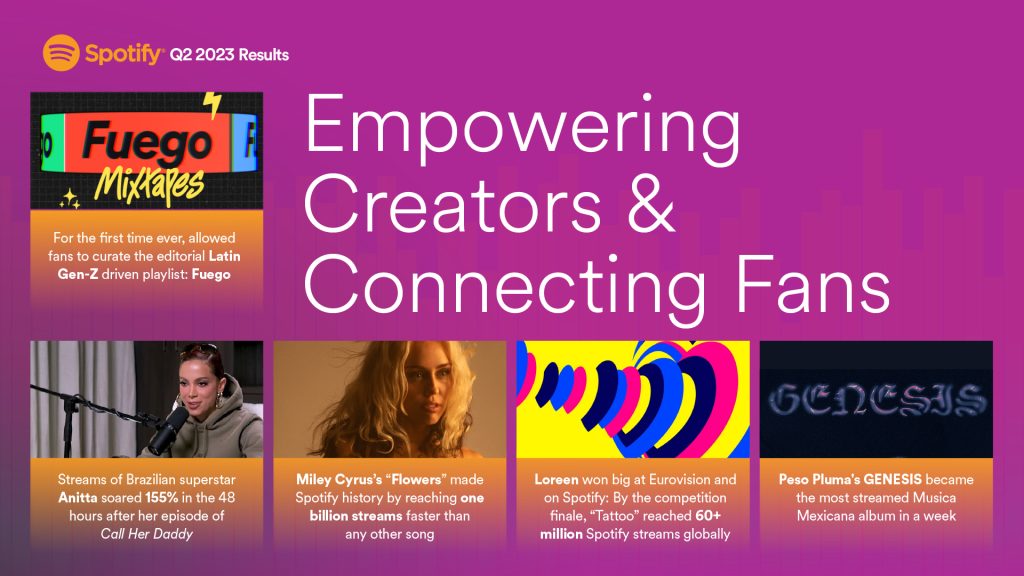

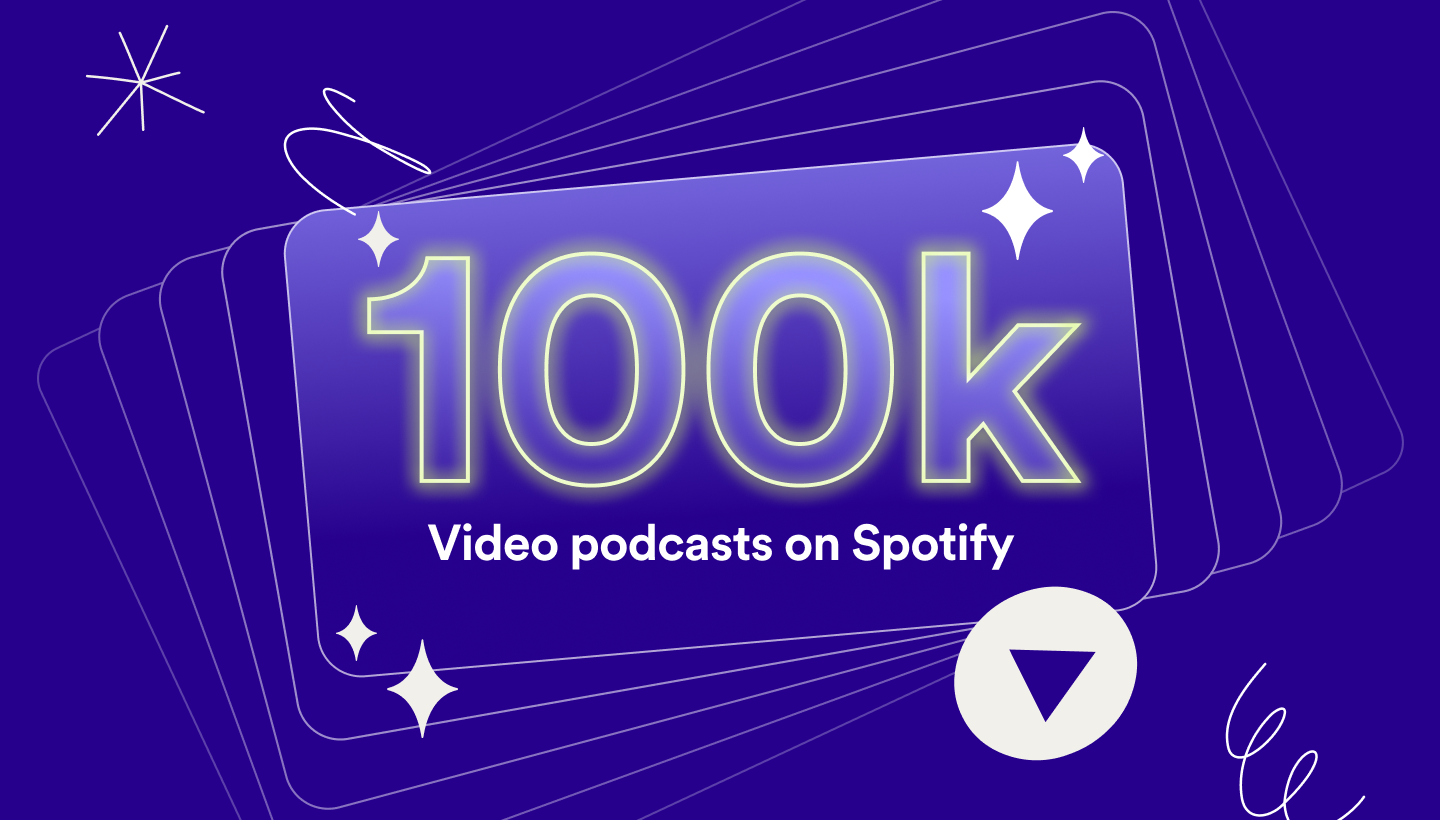
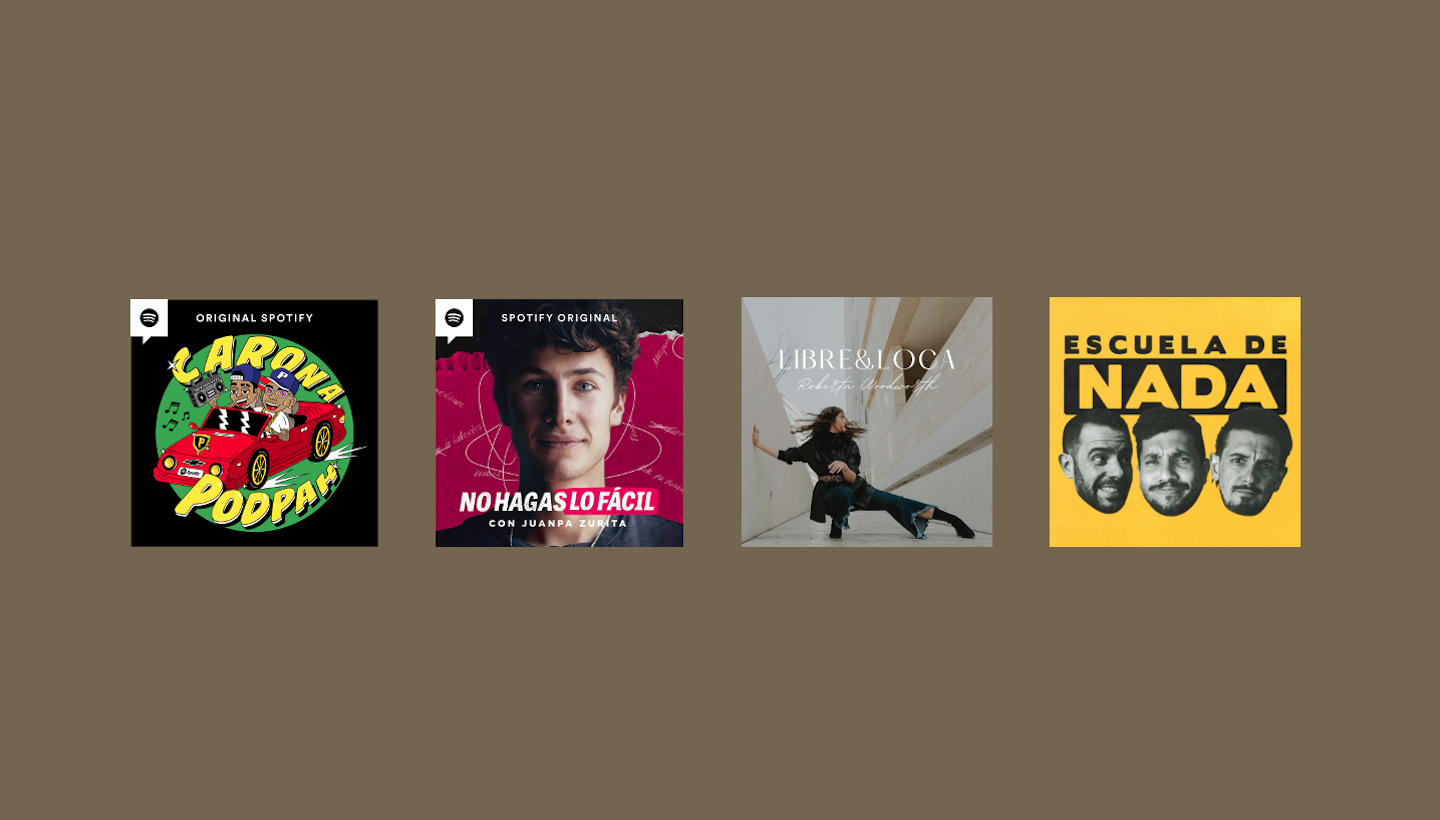
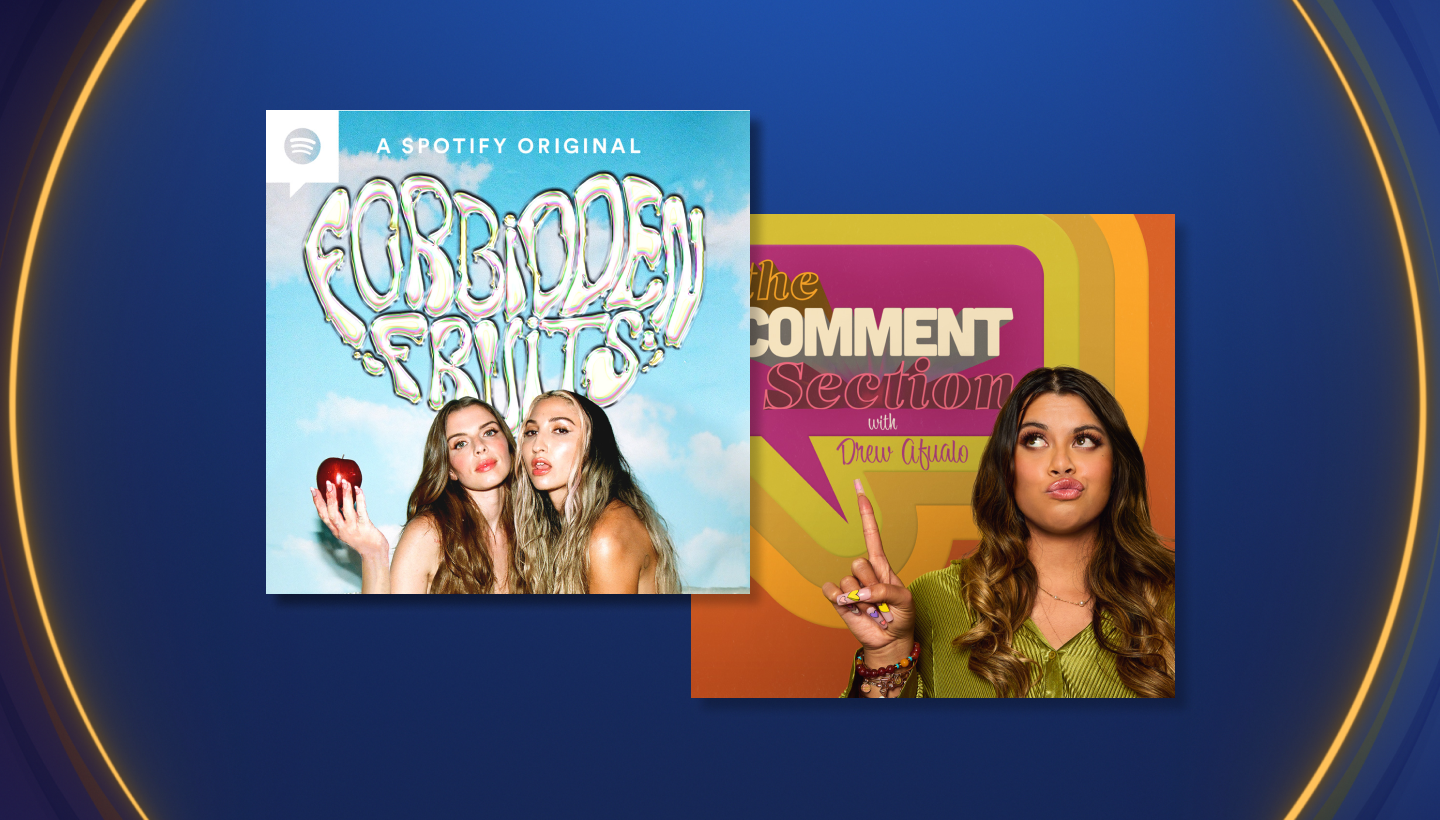
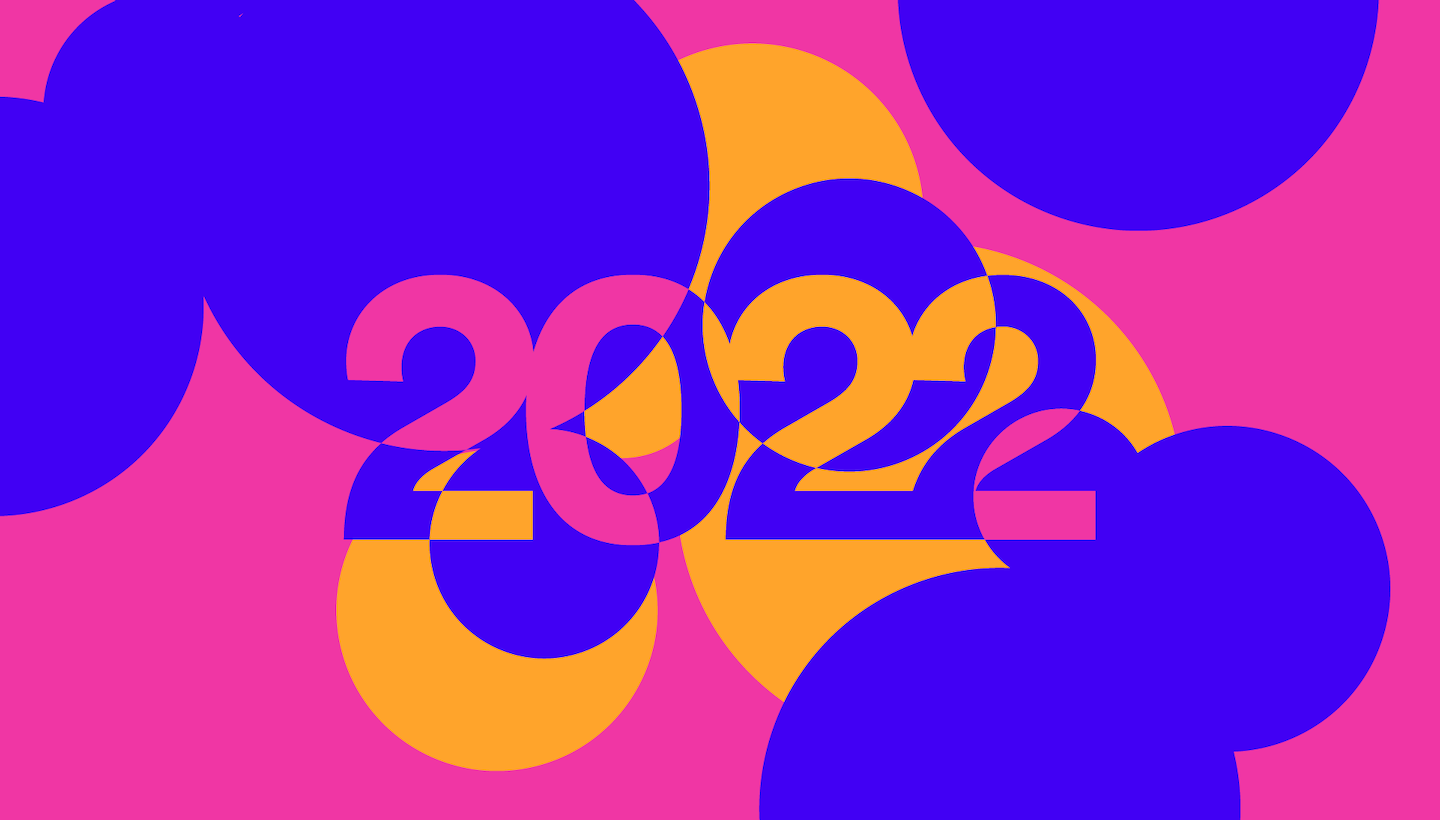

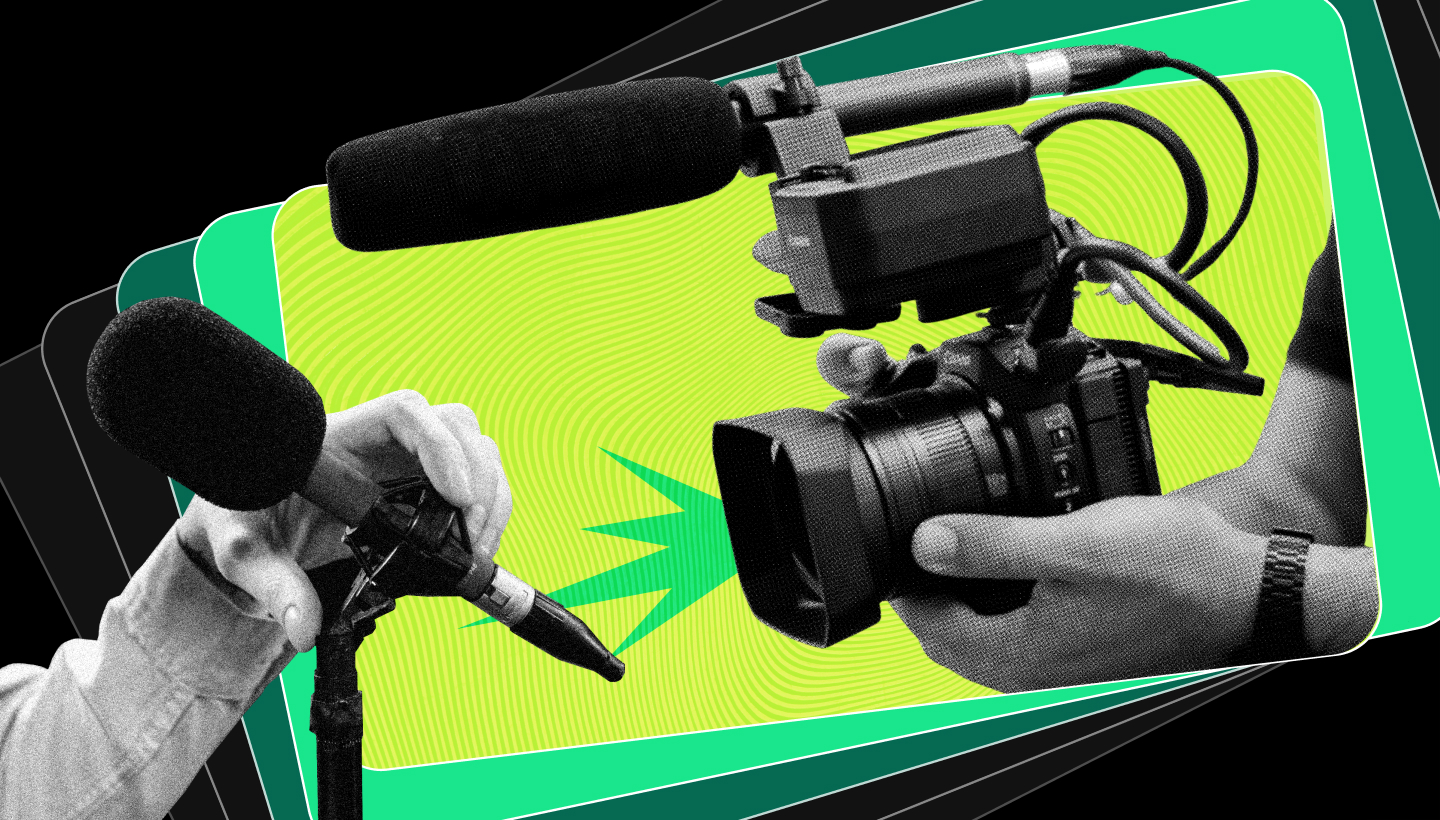
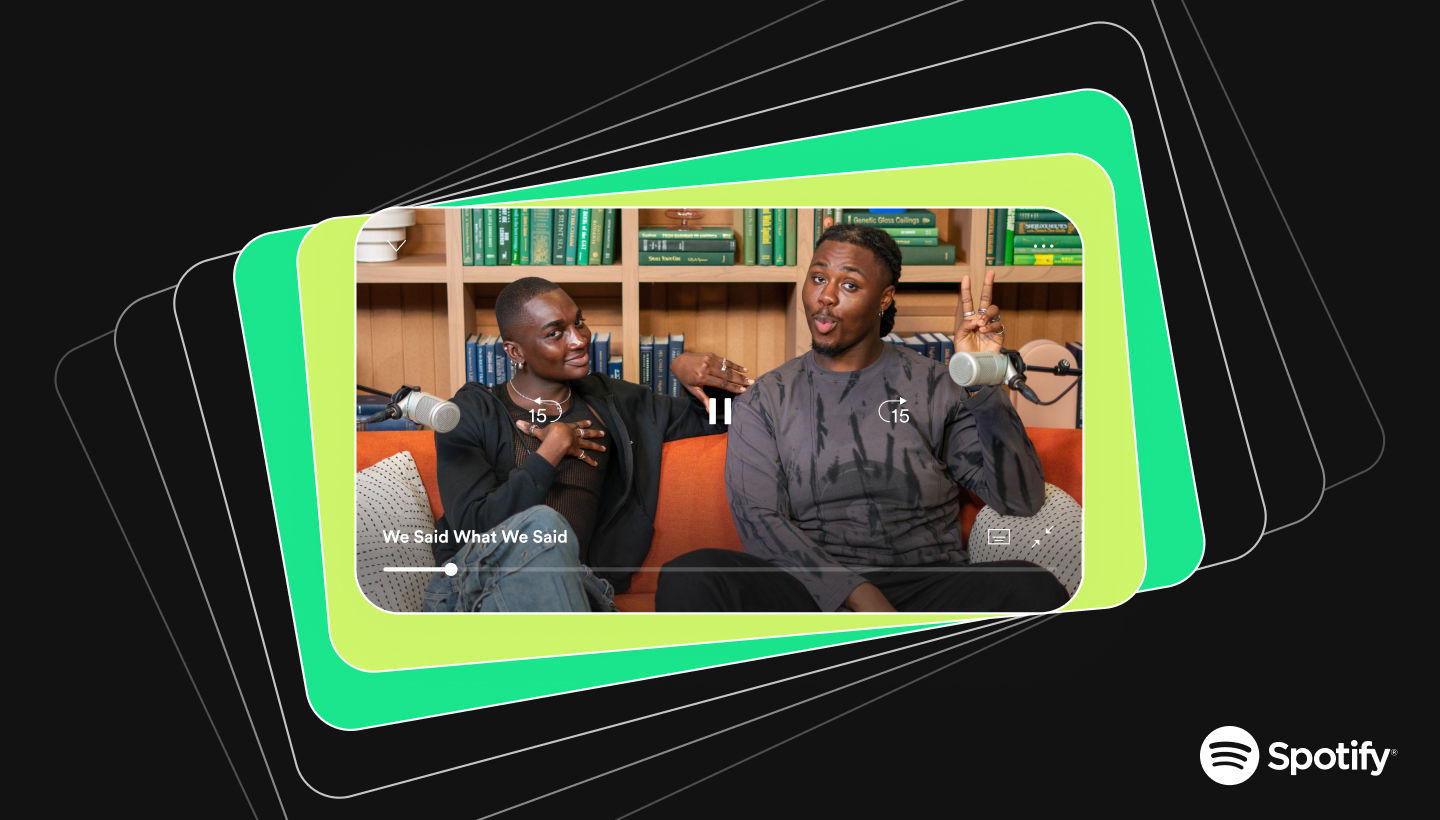
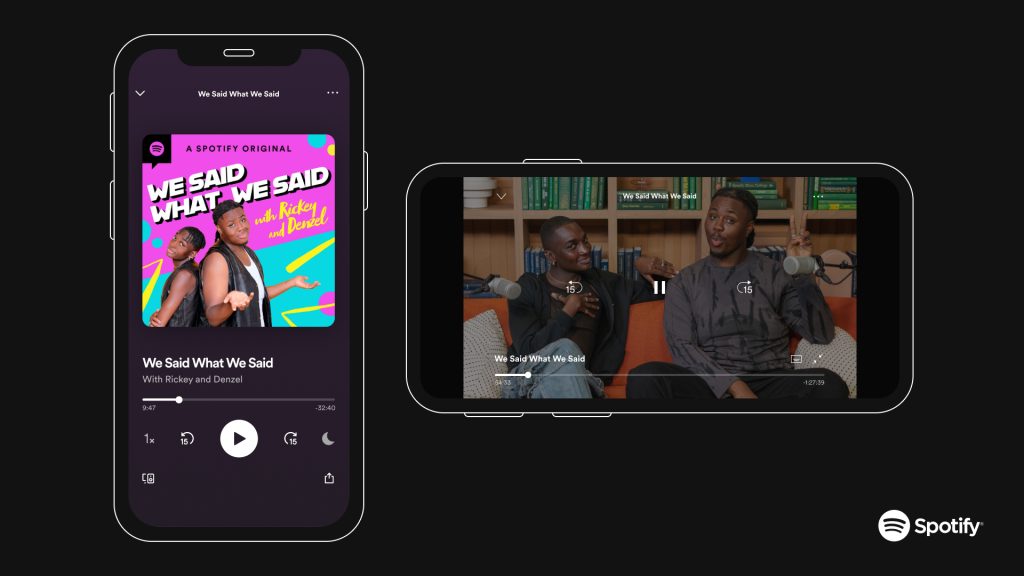
Recent Comments